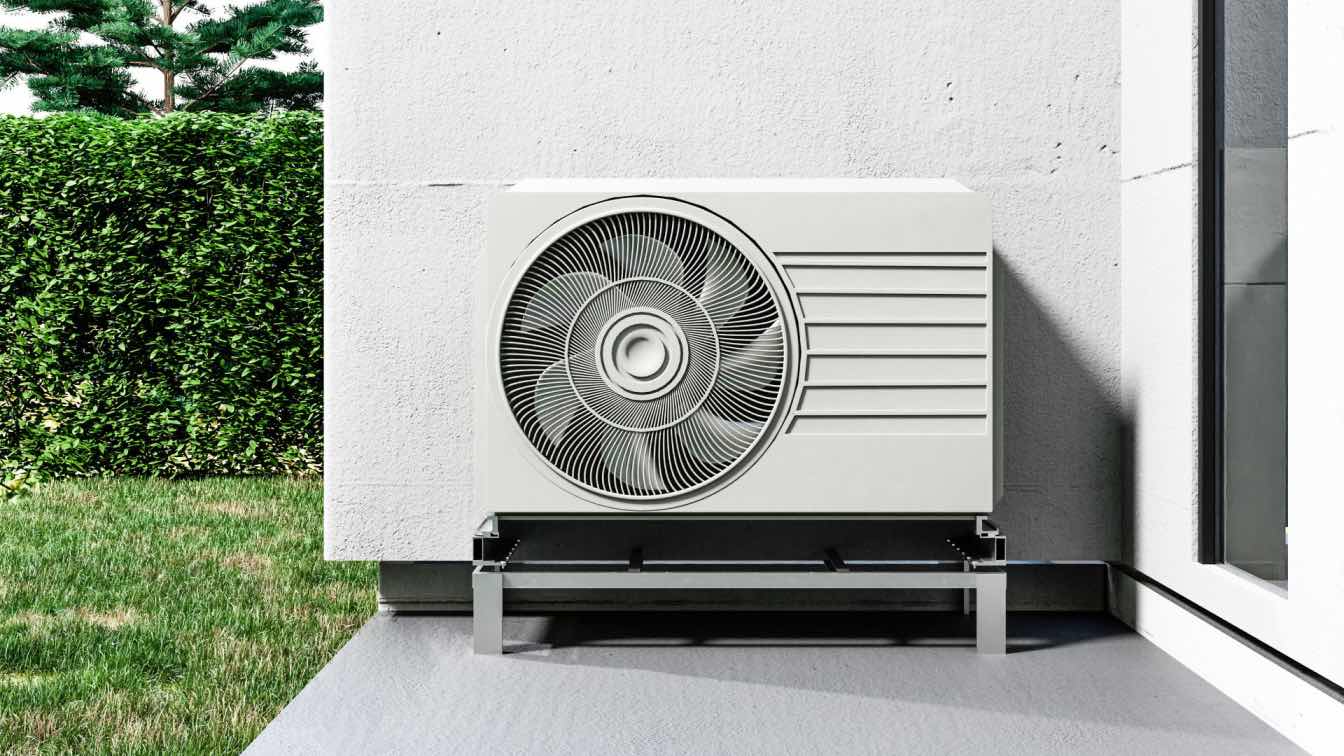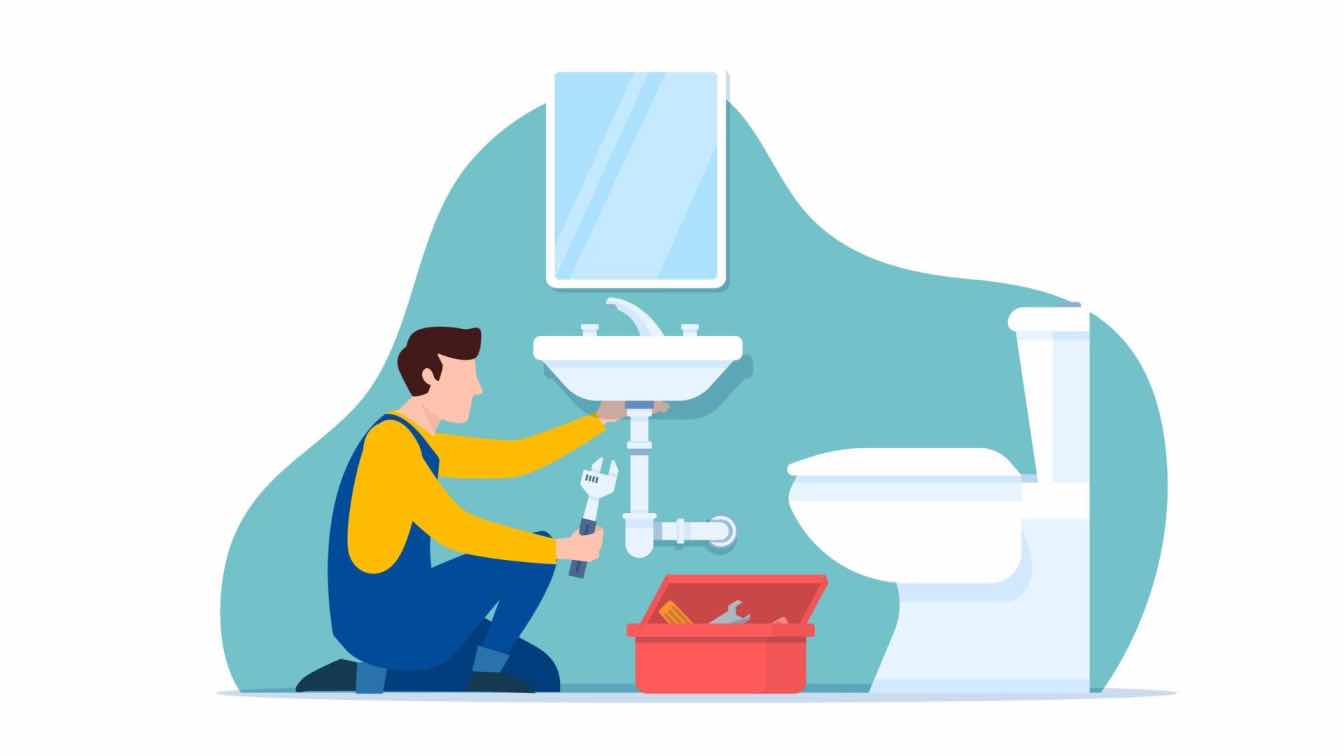Smart Choices: Navigating HVAC Systems for Your Home
For homeowners and renters, there are five main reasons to consider replacing their heating, ventilation and air conditioning (HVAC) system for their home. But whether the climate is changing, the goal is to improve energy efficiency, better air quality, or replace an old system, all of these factors contribute to occupants comfort and property value for homeowners.
When choosing a new HVAC system, it’s crucial to ensure it can seamlessly integrate with Field Service Management (FSM) programs. These programs, including HVAC business software, play a vital role in effective operation and maintenance scheduling. This provides convenient management and is a key aspect for modern housing. Experts confirm that a quality HVAC system can reduce energy consumption by 40% or more (Energy.gov.au), making its selection not only a matter of convenience, but also of savings money. In the following sections, we'll discuss the selection criteria, the efficiency formula, and the role of the FSM system in ensuring your HVAC comfort.
Why Your Home Deserves the Best HVAC: Selection Criteria
Choosing an HVAC system determines the comfort of the home's occupants and the savings in the long run for homeowners. The first criterion is to determine heating and cooling needs. The variables of this task are the size of the dwelling and the climate conditions of the region. For example, in places with hot summers and cold winters, centralized systems may be preferable, while in temperate climates, decentralized systems would be suitable.
Advantages and disadvantages:
Centralized HVAC systems are usually more efficient for large buildings, where you need to maintain the same temperature in all rooms. E.g., multi-story buildings, and commercial spaces.
However, they can be more expensive to install and maintain than decentralized systems, which offer more control over individual zones and can be more cost-effective.
Decentralized systems are effective in smaller homes (read private ones) where zonal control of the home climate is required. E.g., apartments, and single-story buildings.
Although the cost of decentralized systems per square meter is lower than centralized systems, these are more expensive to operate and maintain.
Companies like Orcatec take things a step further: They modern technologies such as smart controls and IoT (we're talking about smart thermostats and variable speed systems), as well as FSM integration, making HVAC systems easier to operate by allowing remote control of temperature and humidity. As a result, energy consumption is significantly reduced.
When accounting for your home's HVAC smart home investment, you should consider the ratio of upfront costs to long-term savings. The “most powerful” system doesn't always mean the best; it's important to consider your individual needs, like your lifestyle, and the features of your home, such as the thermal-insulation index. This approach will help you avoid unnecessary costs and ensure a comfortable living environment.
Influential: Investing in a smart home upgrade increases the market value of a home by 30-40%, MarketsandMarkets.
Energy efficiency and its measurement:
1. Energy efficiency is defined by the rationality of energy resource utilization. It is defined as the use of less energy to achieve the same level of energy supply.
2. Energy capacity is an indicator of reduced energy consumption, resource savings and reduced environmental damage.
3. Energy performance classes — (e.g., A++, A+, A, B, C) — these used in the building industry indicate the level of energy efficiency of a building. Affects operating costs.
4. The formula for measuring energy efficiency is: Efficiency (%) = (Useful Energy Output / Energy Consumption) x 100. This determines what percentage of energy input is used efficiently.
5. An energy passport is an official confirmation of the energy efficiency class of a building and is issued after an energy audit.
For more detailed information, you visit the official pages of the European Commission’s Energy Performance of Buildings Directive and the ENERGY STAR Certification for Buildings in the USA.
FSM Role in HVAC Systems
Field Service Management plays a key role in maintaining and servicing HVAC business systems. These systems are designed by Orcatec, ensuring smooth and efficient operation not only for HVAC but also beyond it.
Application of FSM allows systematizing maintenance processes. For example, specialists can quickly respond to service requests, as well as plan and carry out preventive maintenance, which helps to increase the service life of HVAC equipment.
At the same time, there are concerns about the cost of implementing FSM, but the long-term benefits tend to outweigh the initial investment. Alternatively, some prefer self-service, though merely it can rarely match the quality of professional service. Experts agree that the future of FSMs in the HVAC business industry is promising, given the trends toward smart home and automation.
When selecting an FSM for an HVAC system, it is recommended to pay attention to the following aspects:
1. Integration with existing systems.
2. Scalability to suit different sizes of facilities.
3. Support for mobile technology for rapid response.
4. Analytical capabilities for forecasting maintenance needs.
Thus, integrating FSM into HVAC systems is a wise investment for the future, providing long-term savings and improved quality of life.
Closing Statement
Selecting the ideal HVAC system for your home involves thoughtful consideration of several factors. These include climate, energy efficiency, and seamless integration with field service management (FSM) programs. By tailoring your choice to your specific needs and home features, you can achieve increased comfort, cost savings, and even enhance your property value. In summary, integrating FSM into HVAC systems represents a smart investment for future savings and an improved quality of life.
Calculating HVAC System Payback Period (Relevant USA)
The payback period for HVAC system investments in the USA can vary based on factors such as system type, energy efficiency, and local utility rates. The US Department of Housing and Urban Development (HUD) provides a simple formula for calculating the payback period for commercial HVAC (including FSM software) and Building Controls system upgrades.
To calculate the payback period, you’ll need the following information:
- Annual energy cost of your current system (based on the last 12 months).
- Energy cost for the proposed system (obtained from your HVAC company when getting a quotation).
- Cost of the upgraded HVAC or Building Management system, as well as the price of HVAC business software.
The simplified payback period is calculated as follows:
- Subtract the energy usage of the proposed unit from the existing unit to determine the annual energy savings.
- Divide the quoted cost of the upgrade by the annual savings to find out how long it will take for utility savings to cover the upgrade costs.
Heat Pump Example: Suppose you’re considering a heat pump installation. If the project costs $10,000 and is estimated to save $1,000 annually, the simple payback period would be 10 years. The service life of a pump vary from 8 to 15 and even up to 40 years (as seen with the Eddy Pump).





